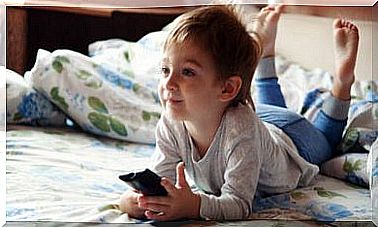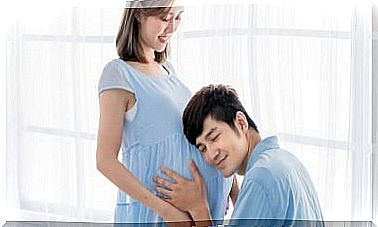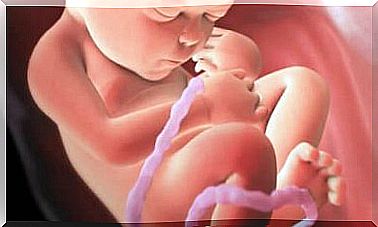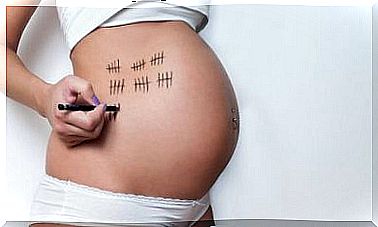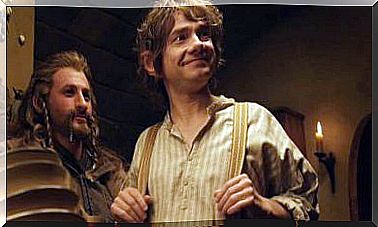What Is Clubfoot?
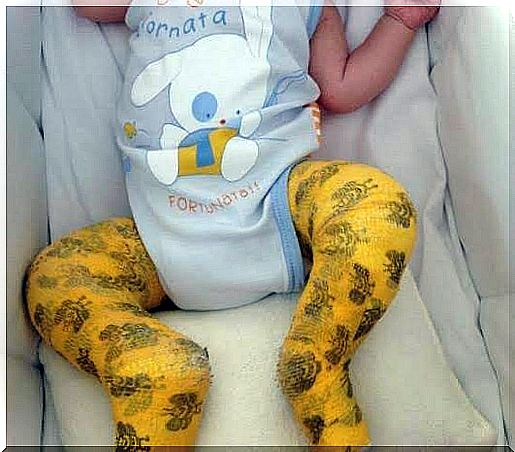
Pregnancy is the most beautiful and delicate moment that a woman can live. And, despite all the care that is achieved, it is possible that problems may occur that affect the baby. For example, him clubfoot which is considered one of the most common inconveniences that are generated in the pregnancy stage.
The clubfoot is a congenital deformity of the foot that is characterized by being pointed, hence the name equinus, and with the sole turned backwards (varus). According to the figures, men are more likely to suffer it.
One in every thousand children around the world is born with this deformation
So far, no specific reason has been found for this difficulty. However, studies indicate that the tendon tissues on the back of the leg are denser, which could cause abnormal growth leading to a progressive deformity in the development of the fetus.
Other theories suggest that there is not enough space for the little one to grow in its mother’s womb, causing its bones not to occupy the correct place and position. Associated with children with neuromuscular diseases , which are rare, but should be studied.
How is clubfoot diagnosed?
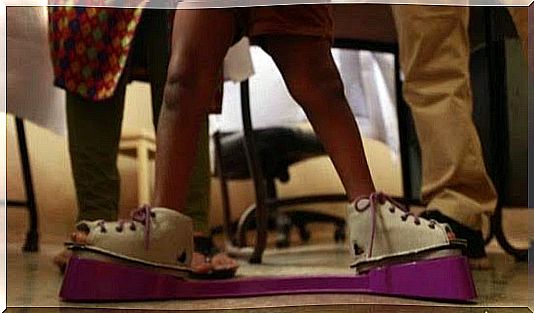
Clubfoot or both foot, as it is also known in the world of children’s orthopedics, is a complex malformation that involves muscles, tendons, ligaments, short and retracted joint capsules and changes in bone morphology.
On some occasions, as this problem appears in the first months of the fetus , it is possible that it can be visualized in the ultrasound study that is carried out when he turns 20 weeks. For this reason, the diagnosis of prenatal suspicion is more and more common.
This deformity involves muscles, tendons, ligaments, joint capsules, and bones.
Later, it is easy to recognize this once the baby is born, by the shape of the foot. Of course, the doctors who take care of the baby have to check if by manipulation it is possible to find a normal position.
It is essential that specialists have enough experience to differentiate it from other congenital malformations such as the vertical talus or the talus foot (the metatarsus adductus), which have a better prognosis.
Advanced treatments
Fortunately, orthopedic medicine has advanced considerably, to restore hope to many parents . In the case of clubfoot, it should be noted that the earlier this problem is treated, the more likely it is to obtain a significant improvement.
Otherwise, the deformity worsens over the years, so that the little one must to walk with the outside of their feet and not with the sole. This will limit the growth of these limbs, you will not be able to run and frolic like the rest of the children.
Currently, the most effective treatment is the Ponseti Method, which allows to correct this pathology in an average of four to six weeks. The objectives of this procedure is to achieve plantigrade feet, that can use footwear, that are strong and do not present pain.
The Ponseti Method is the most effective to cure clubfoot
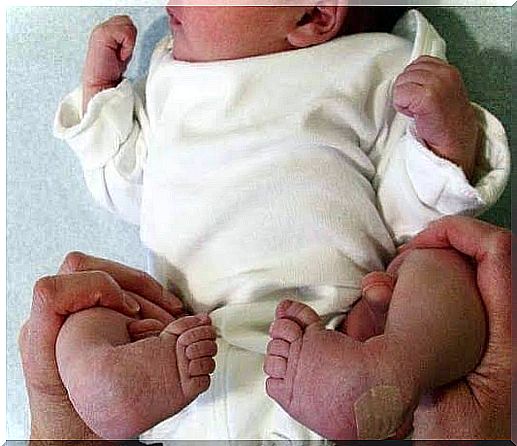
This method consists of performing a series of gentle manipulations (massages) on the feet and the use of corrective casts, which must be changed weekly. Sometimes, after achieving the expected results, it is necessary to perform microsurgery on the Achilles tendon to extend it.
After this, the little one has to continue using casts until the tendon heals. Once this happens, a bar shoe treatment is started.
Ready to play!
The effectiveness of the Ponceti Method is absolute… So mommy and daddy have nothing to worry about. Only in some cases, the foot grows a centimeter less and the calf a little thinner.
If both feet were affected, you will not see the difference; But if you only had the deformity in one, there will be a slight difference that does not limit movement.
Faced with these scenarios, Having the support of a specialist is the key for your baby to grow normally . We know that at times like these worries and sadness invade the family, but there is nothing to fear, when we trust science and let the experts do their work for our little boy.
